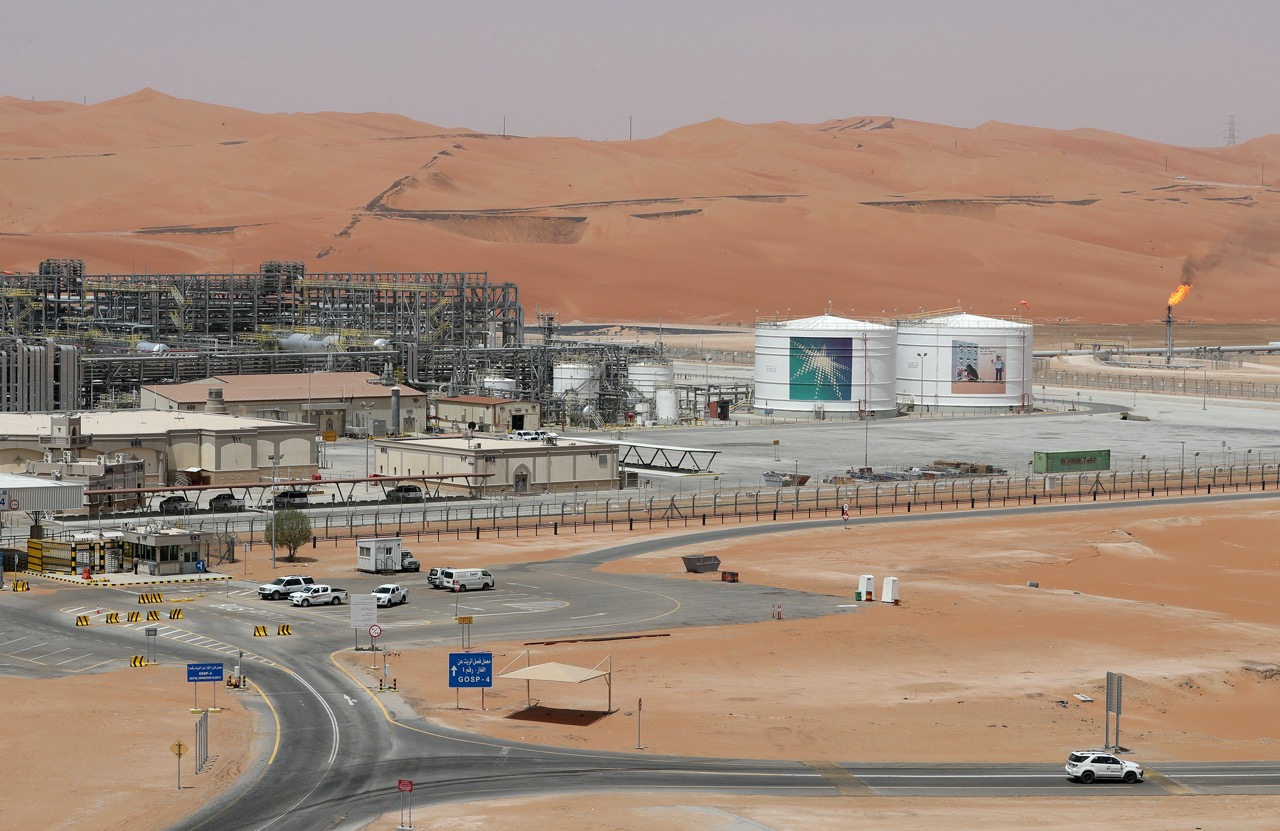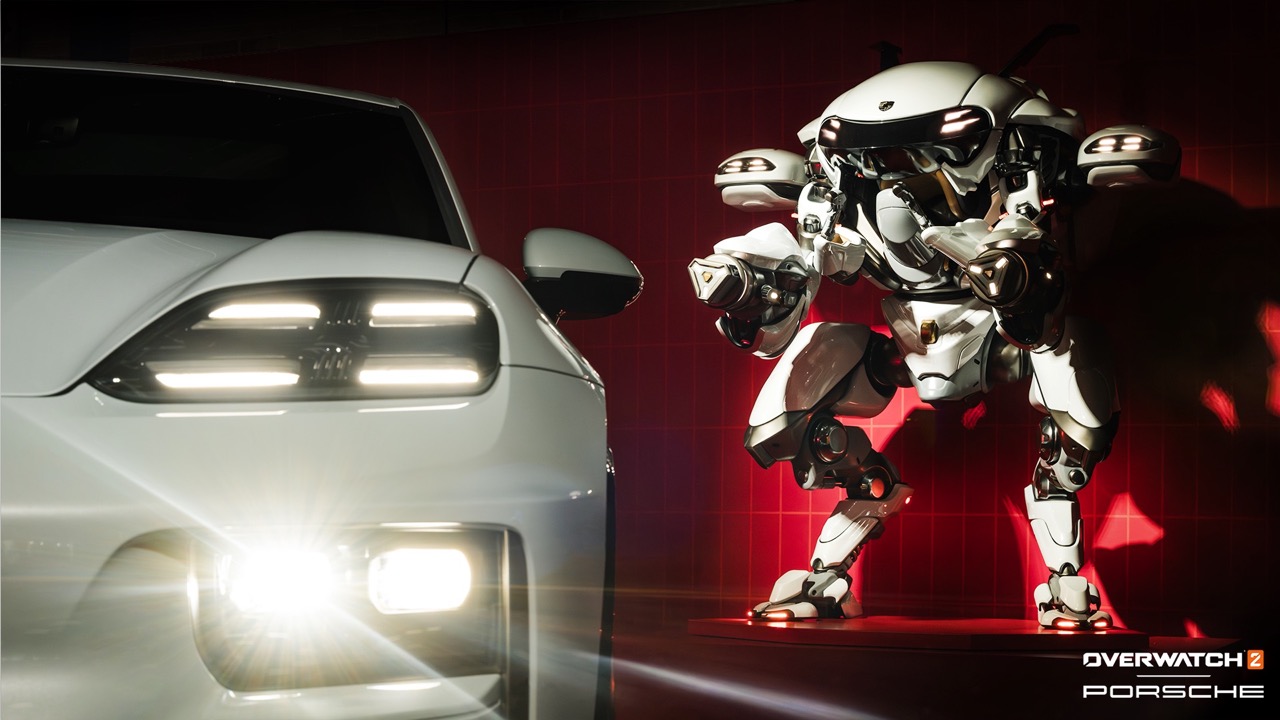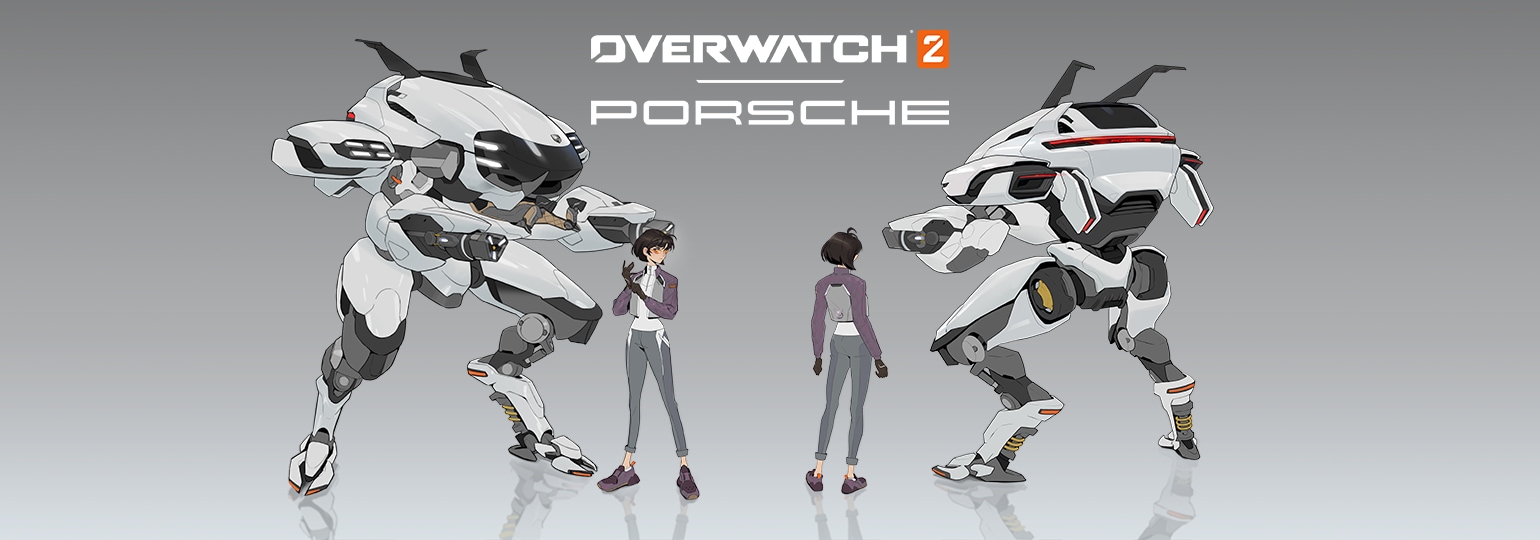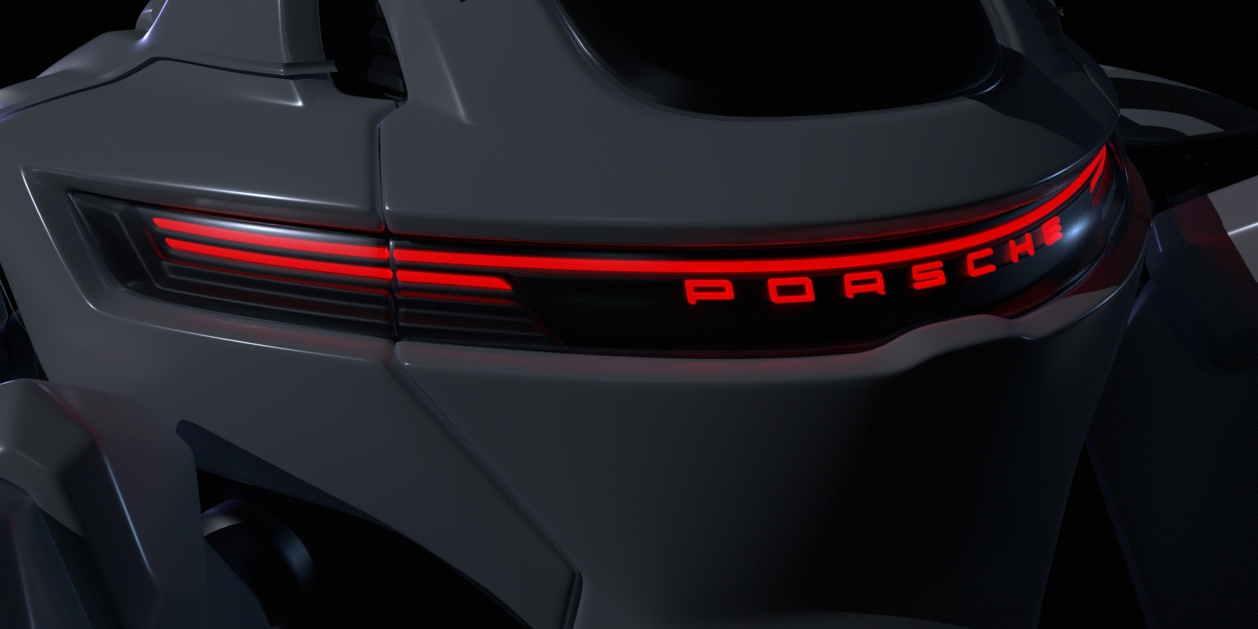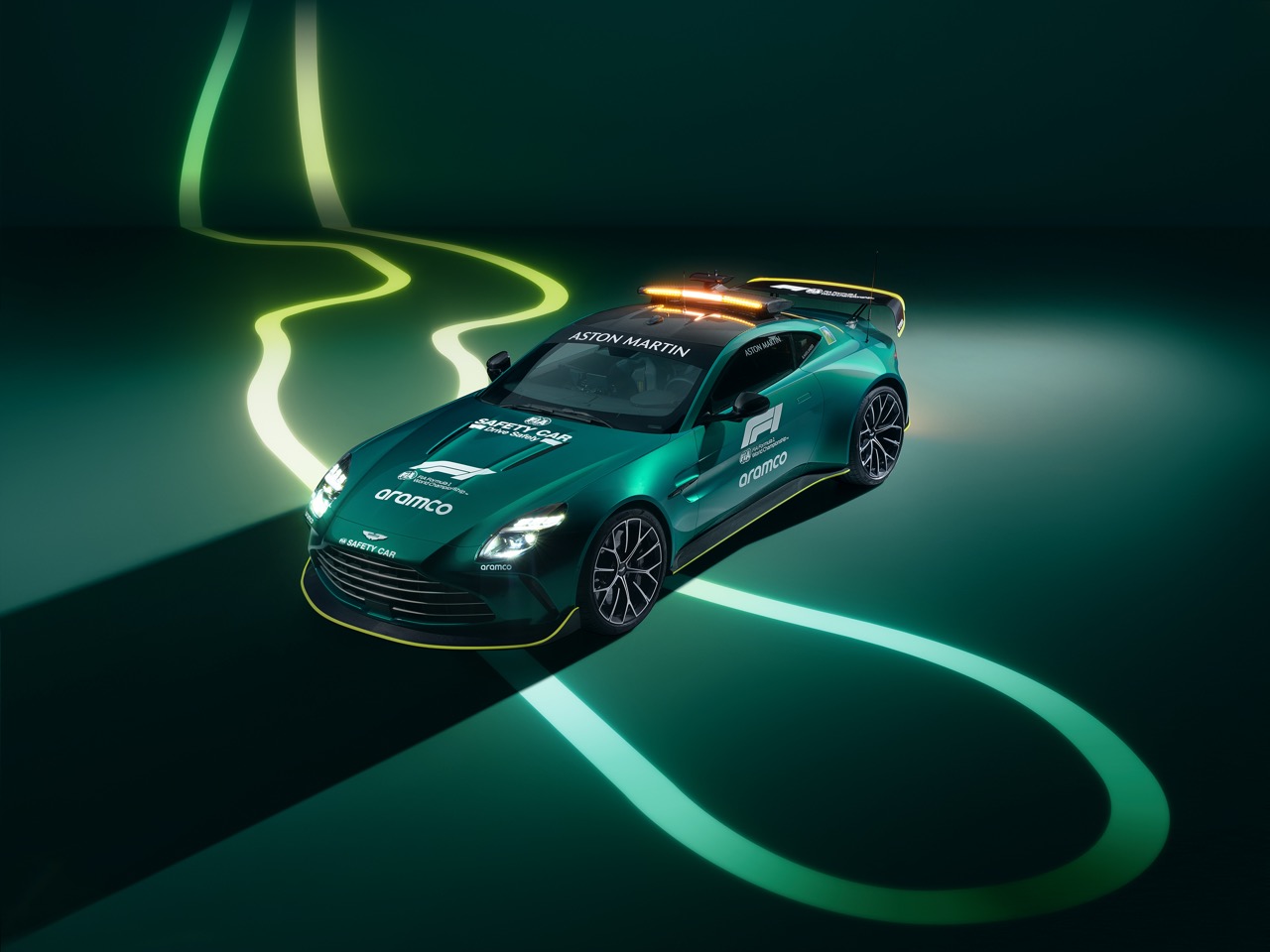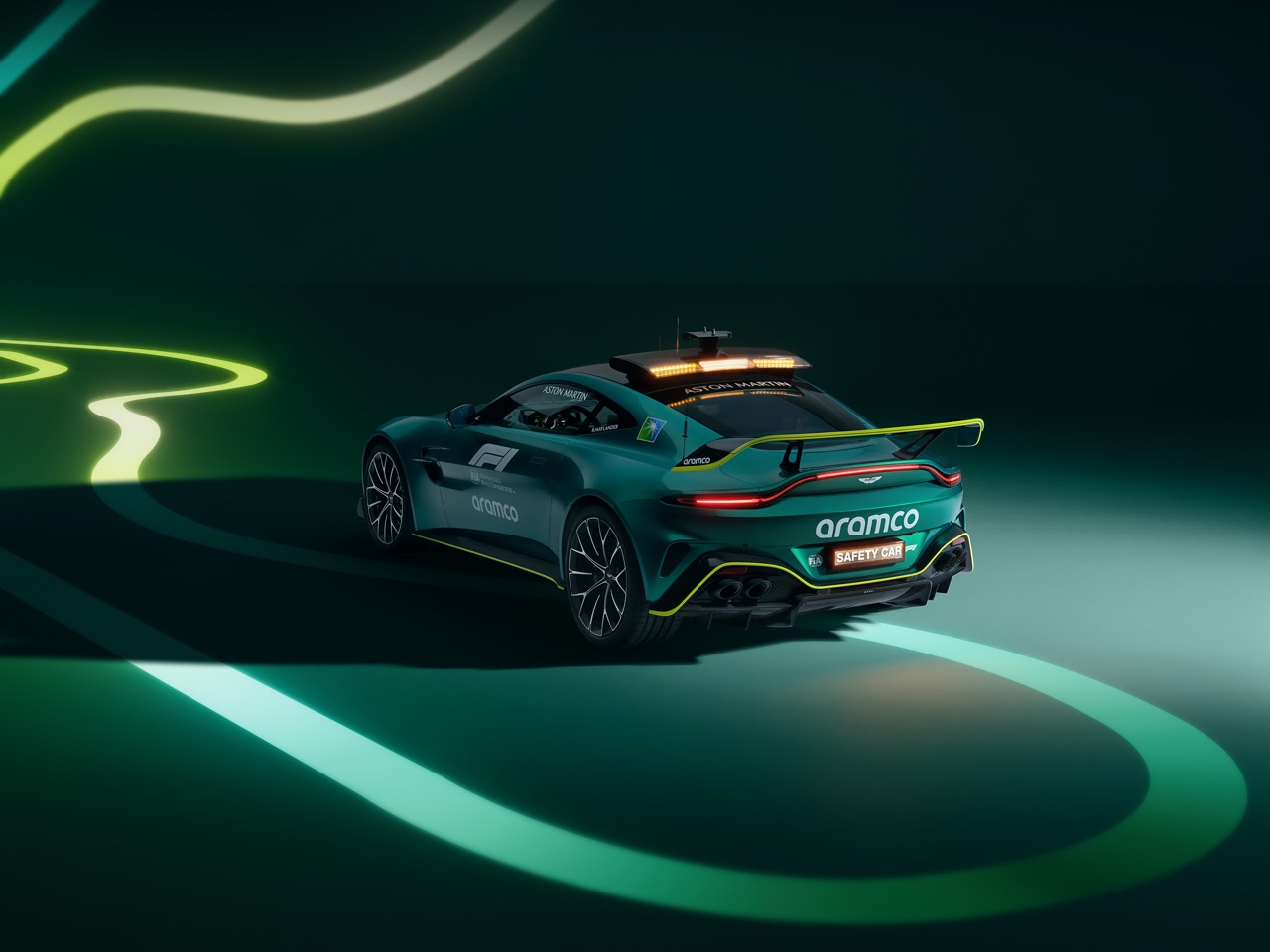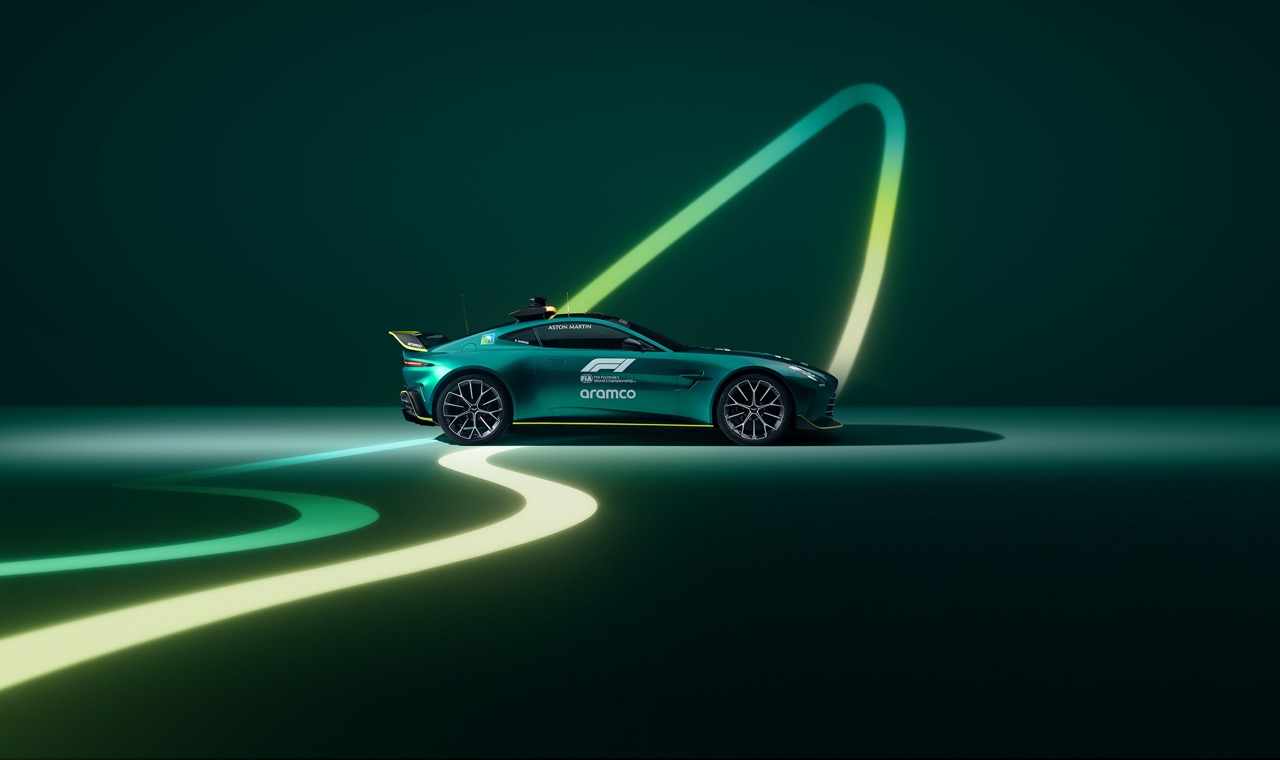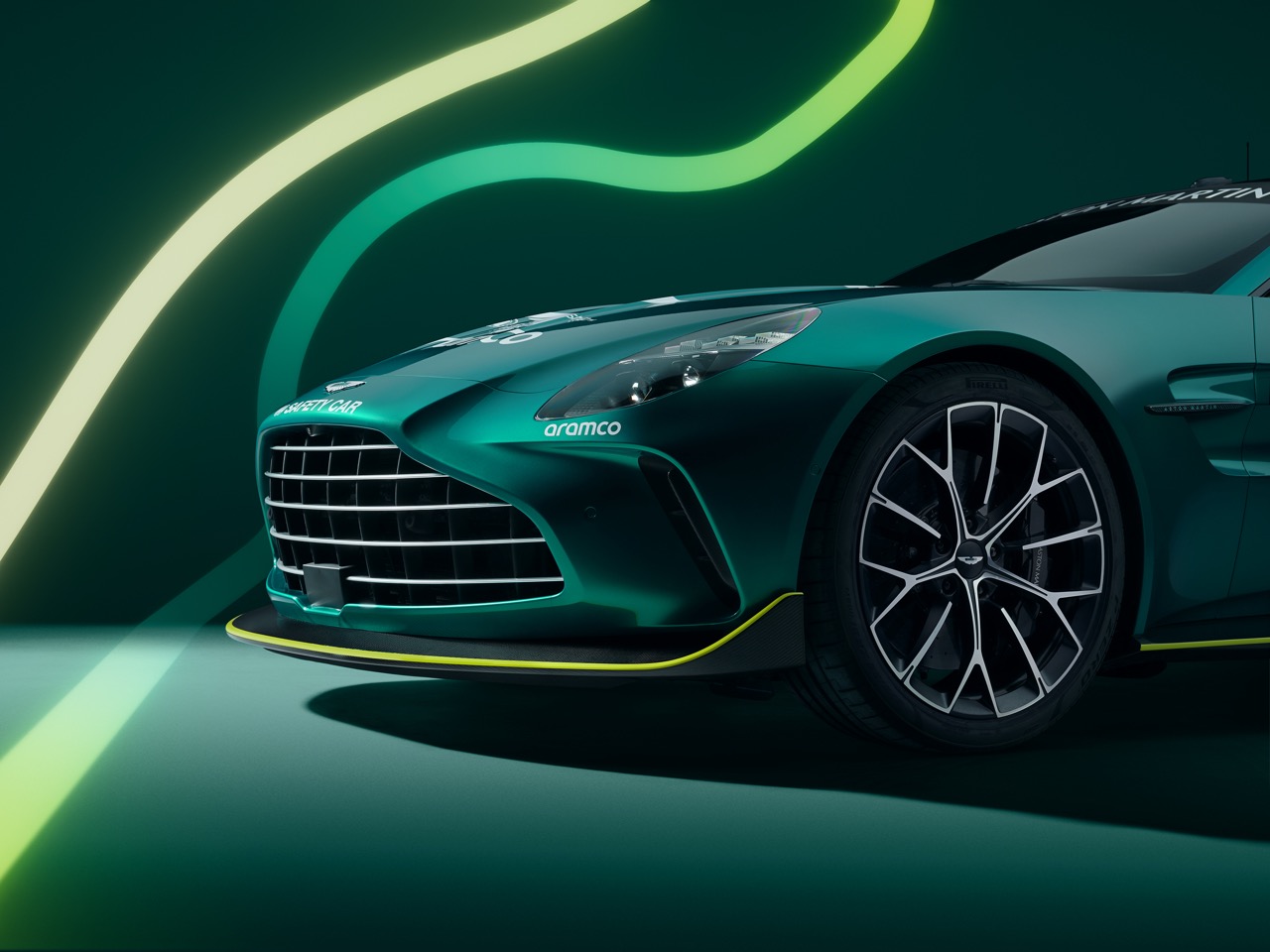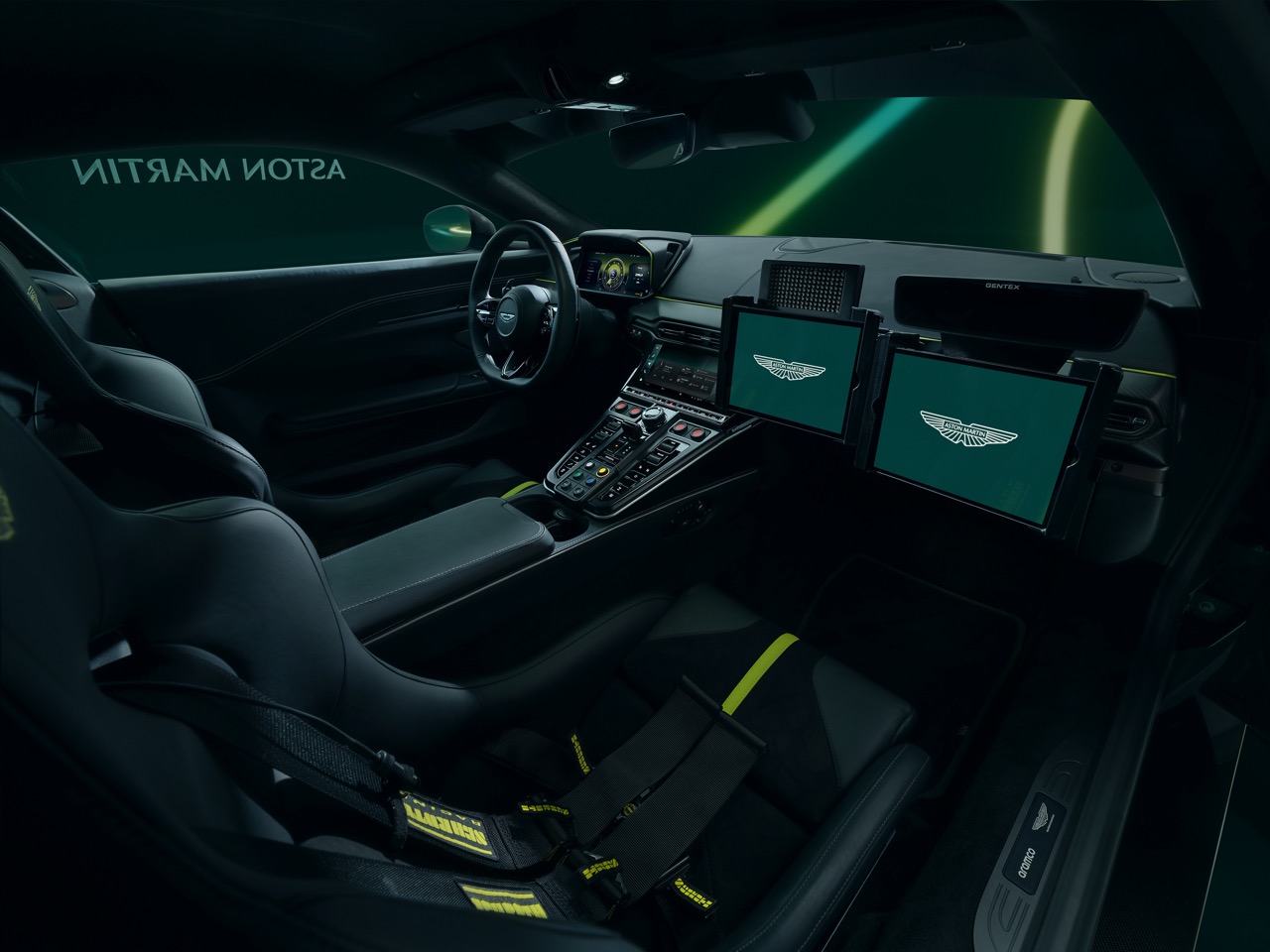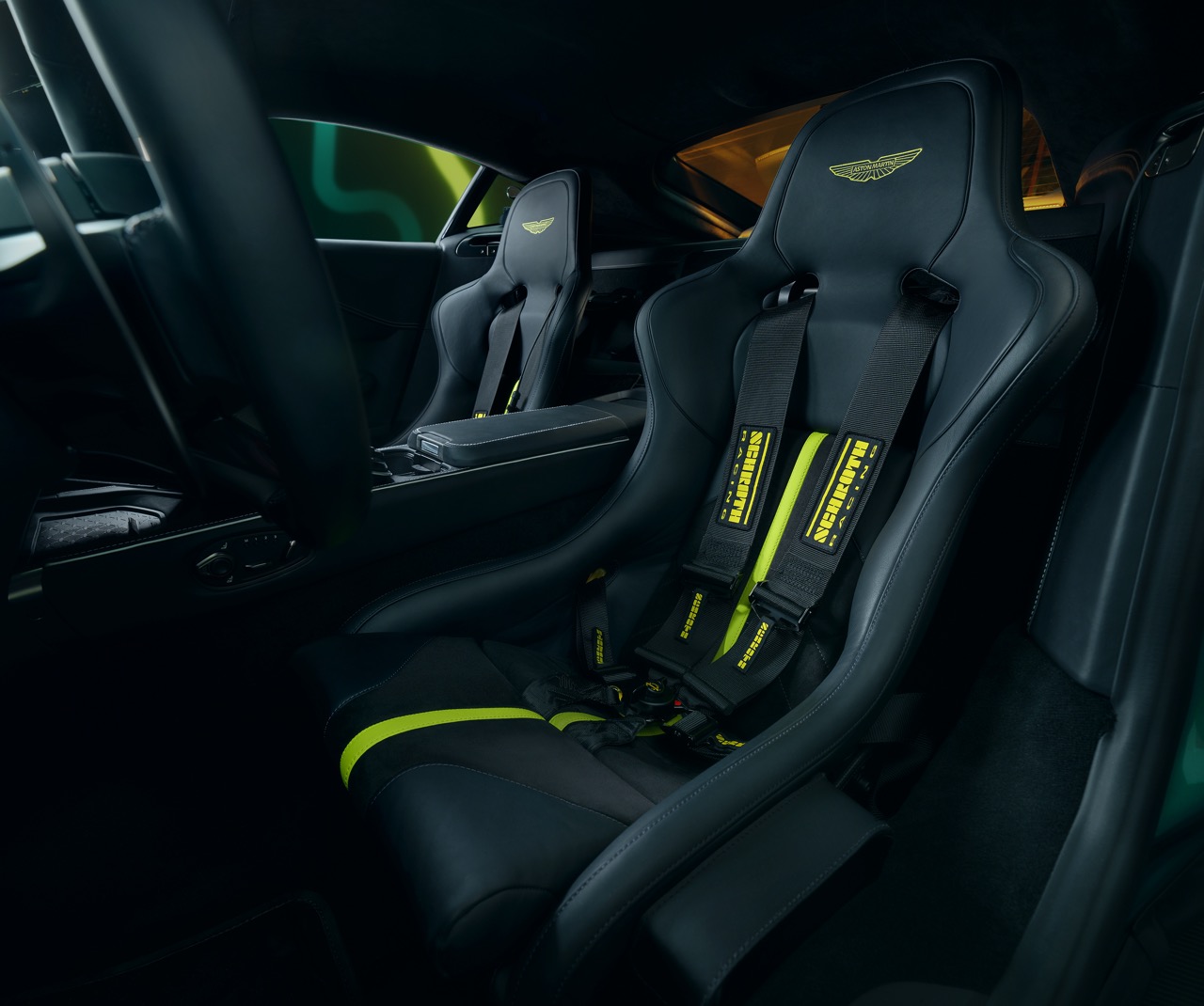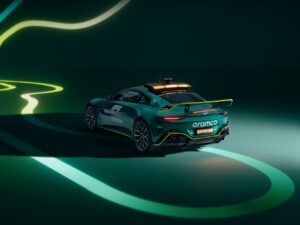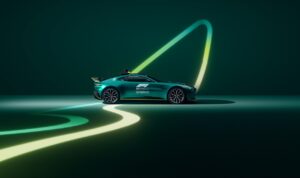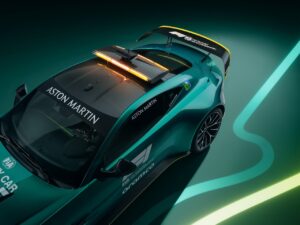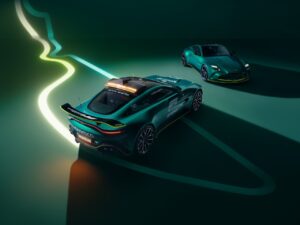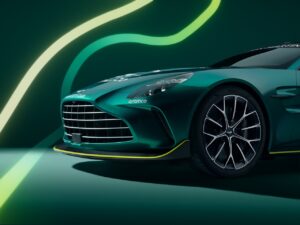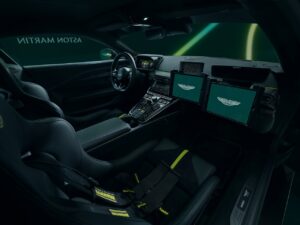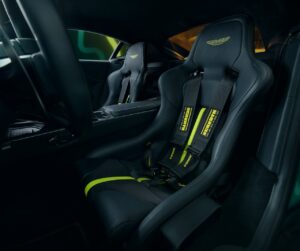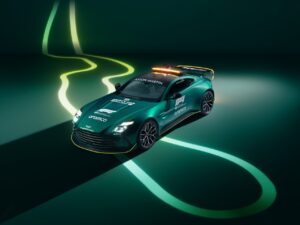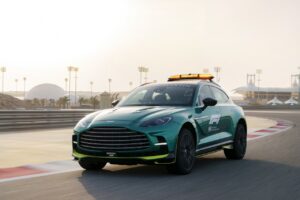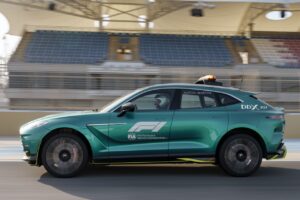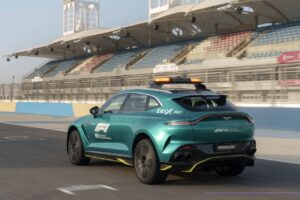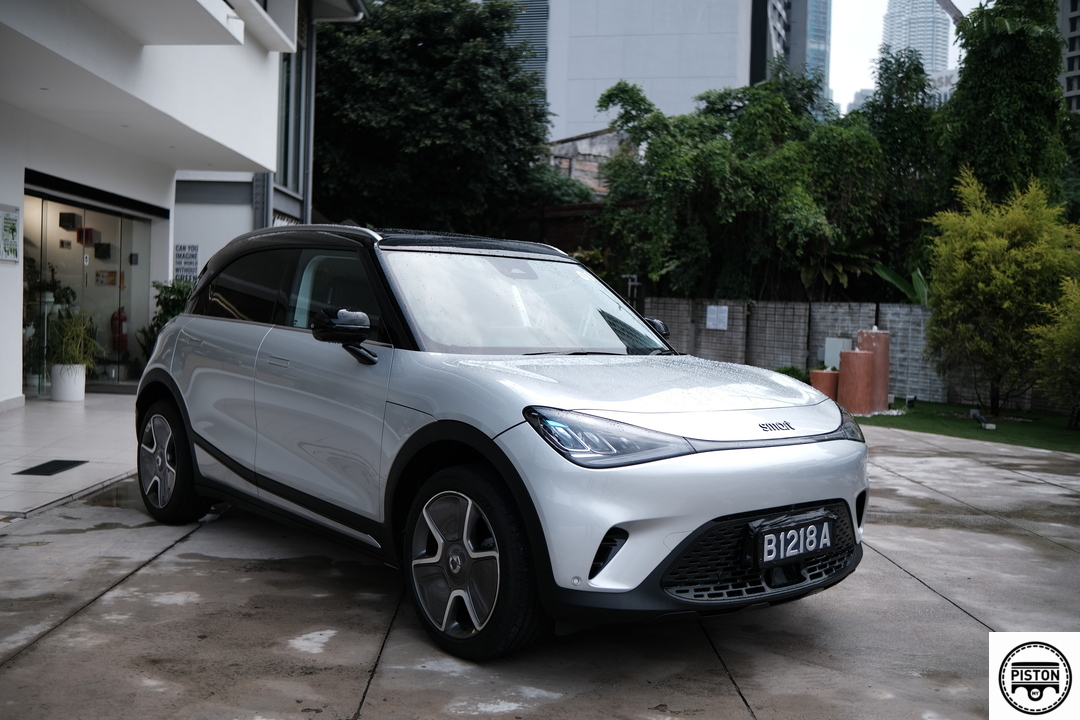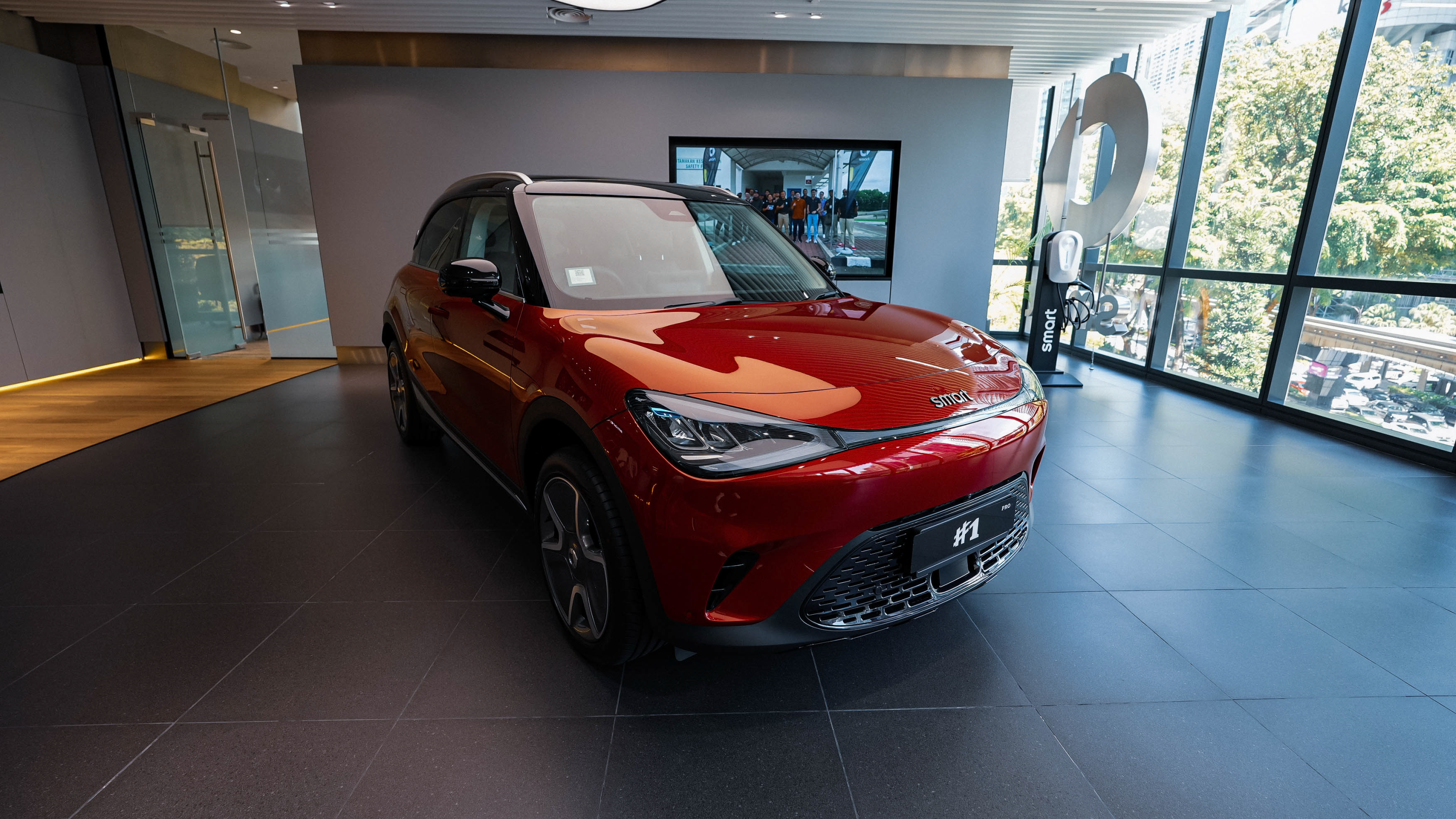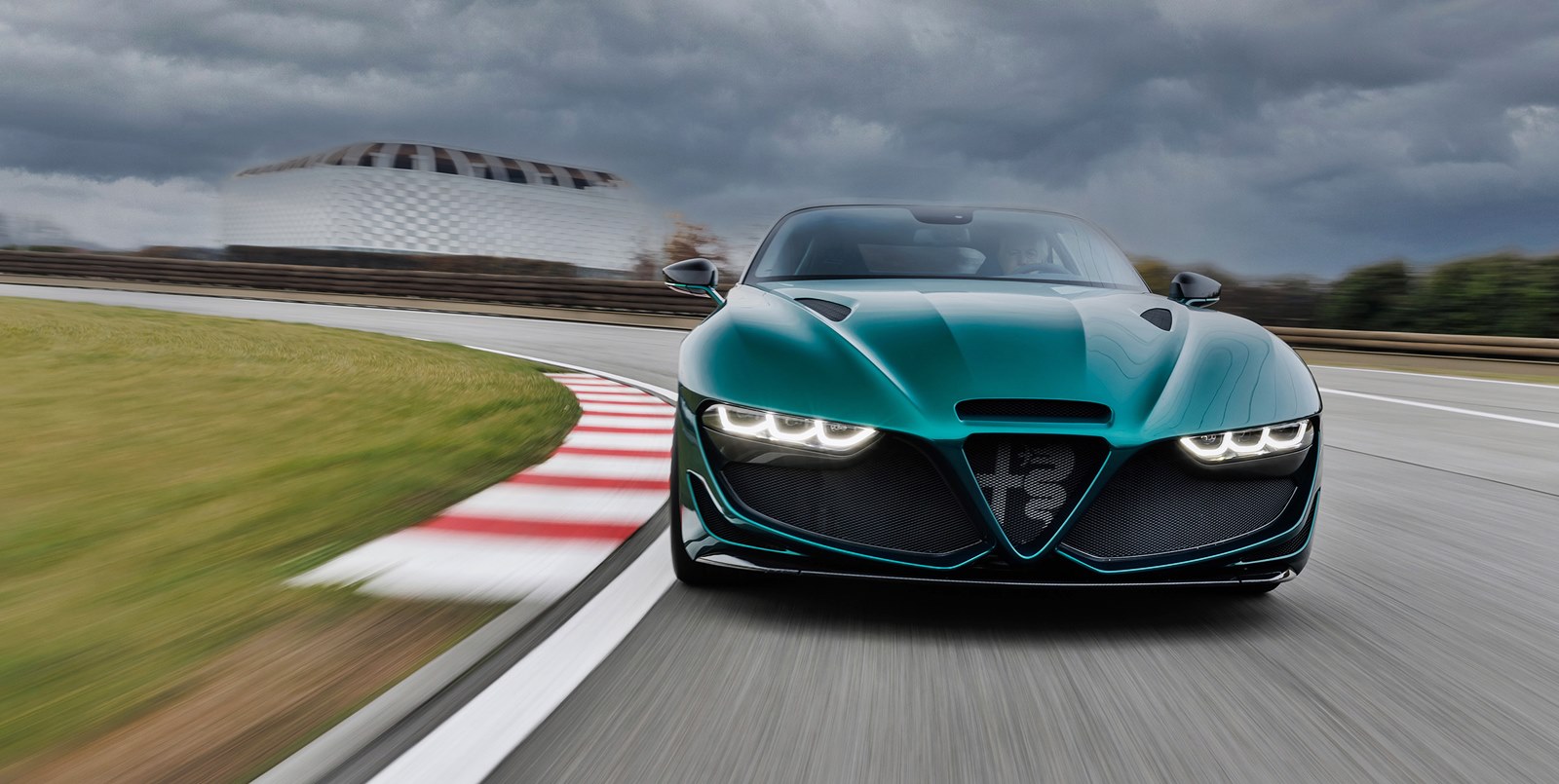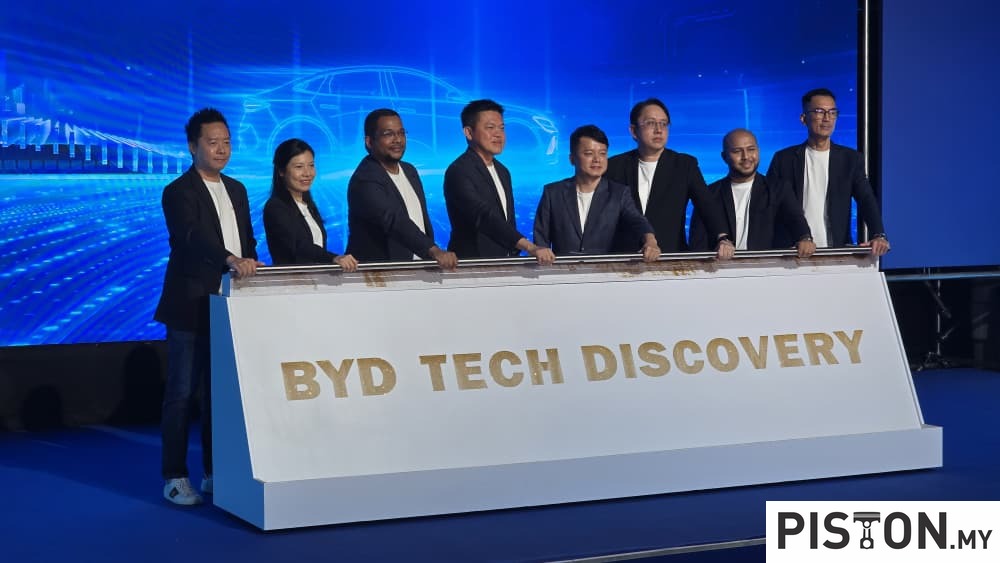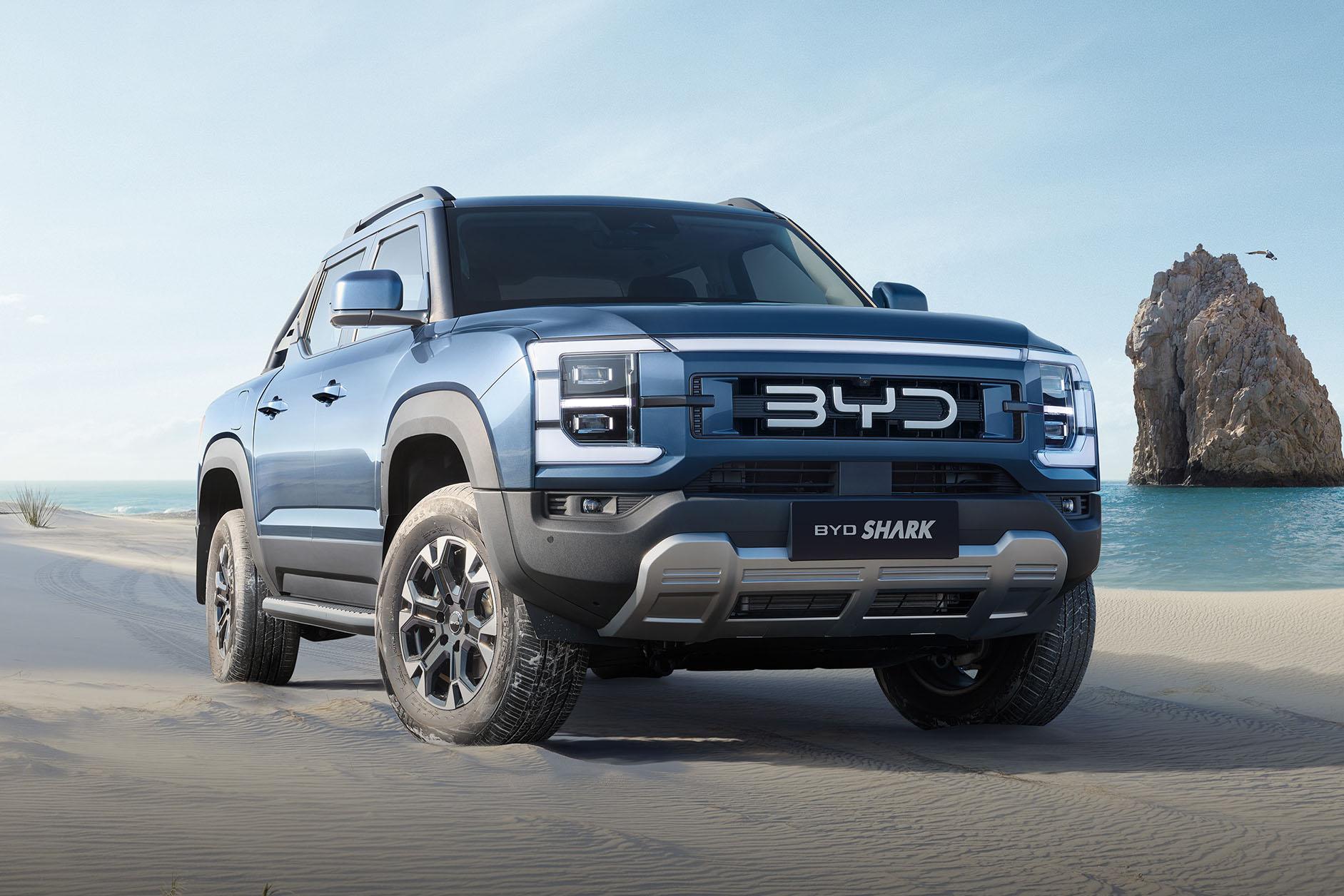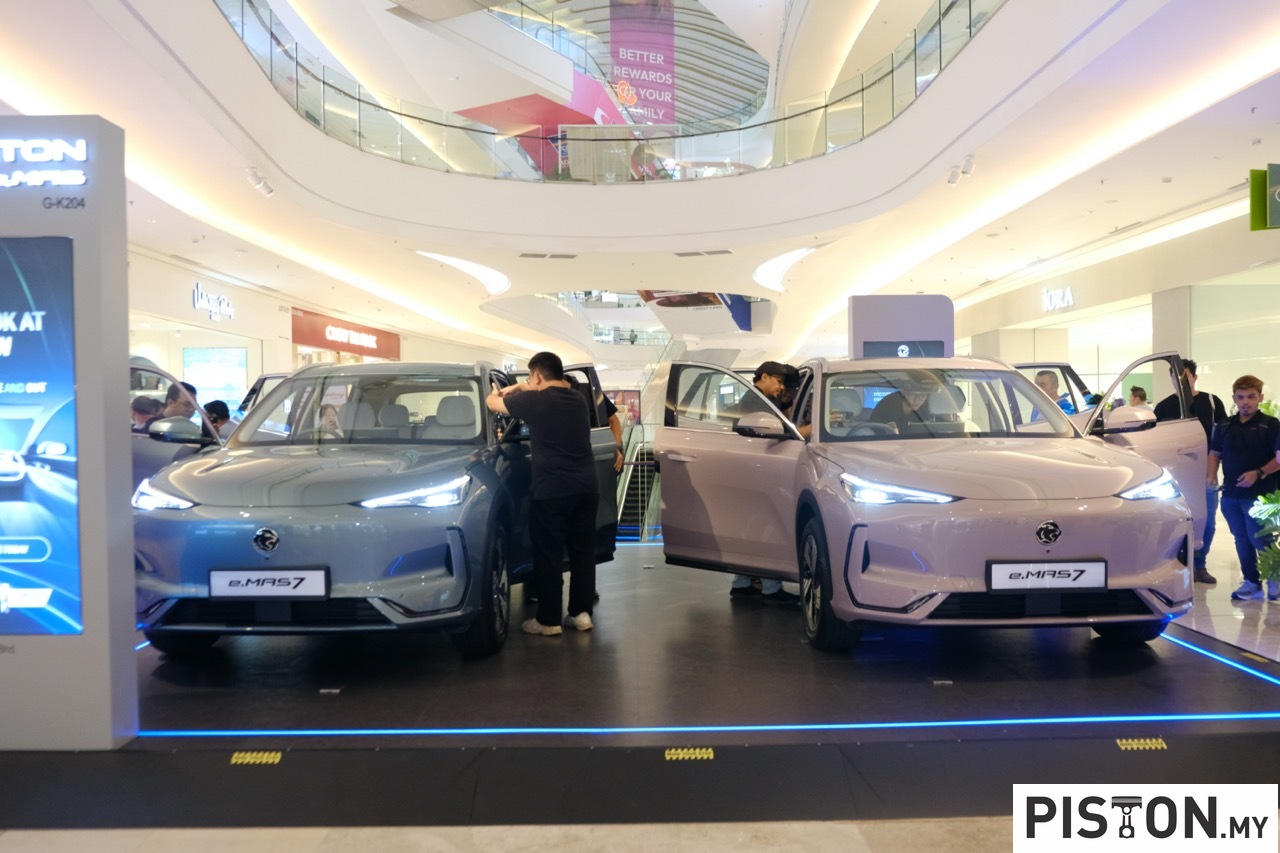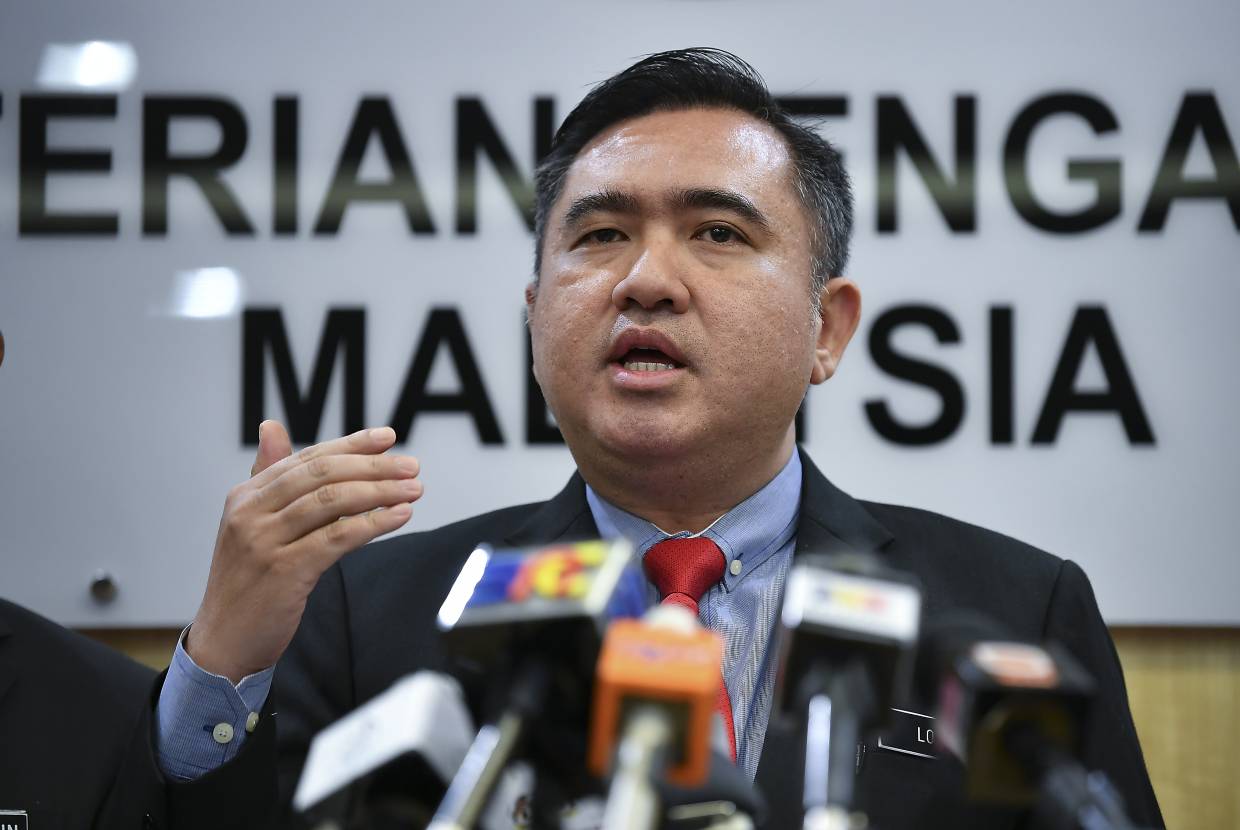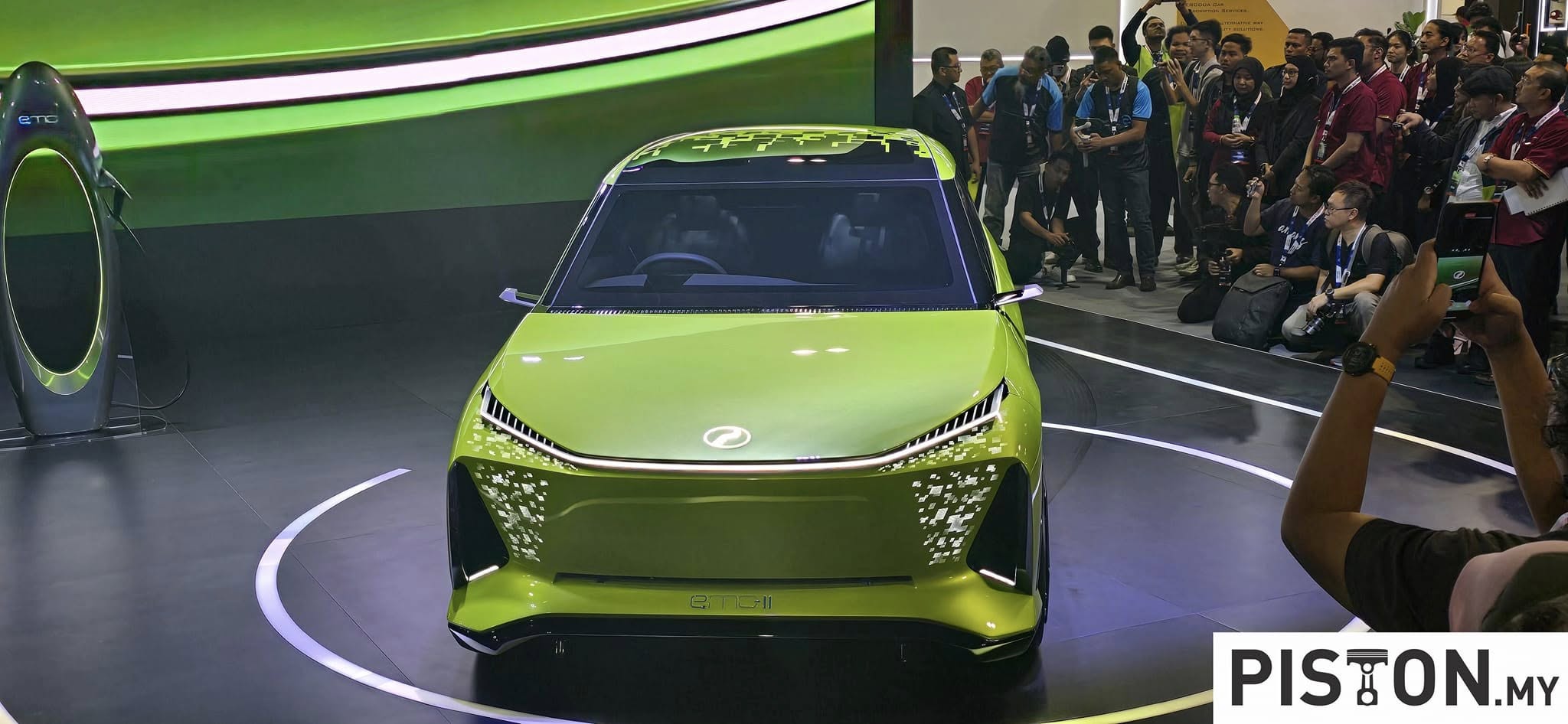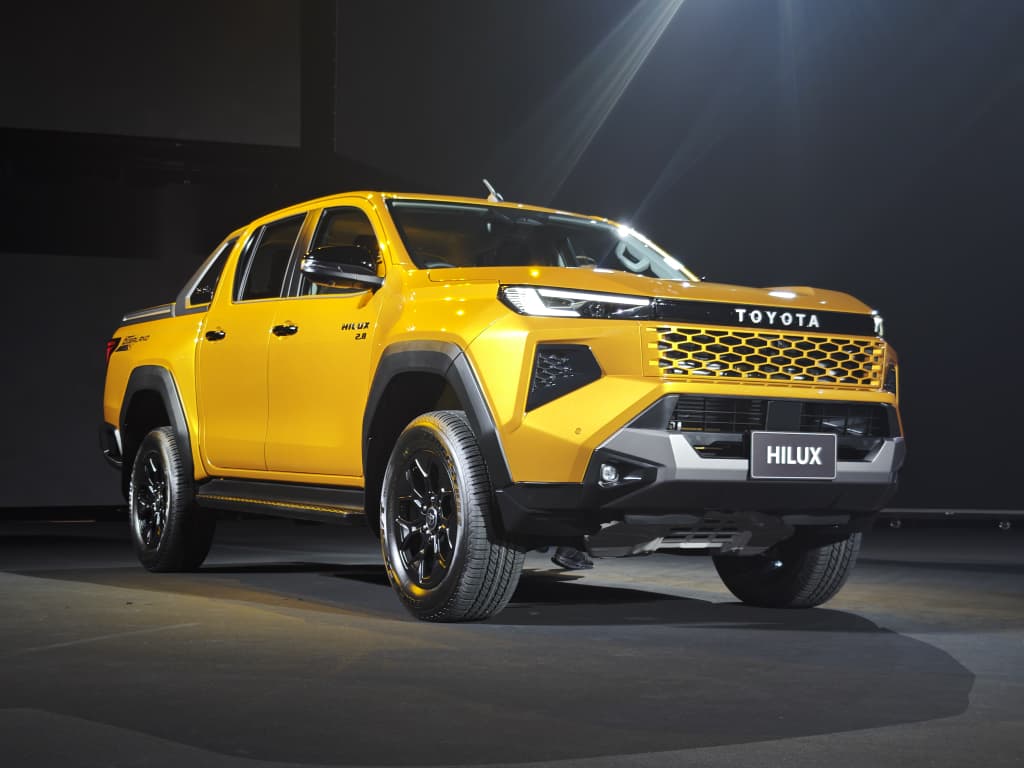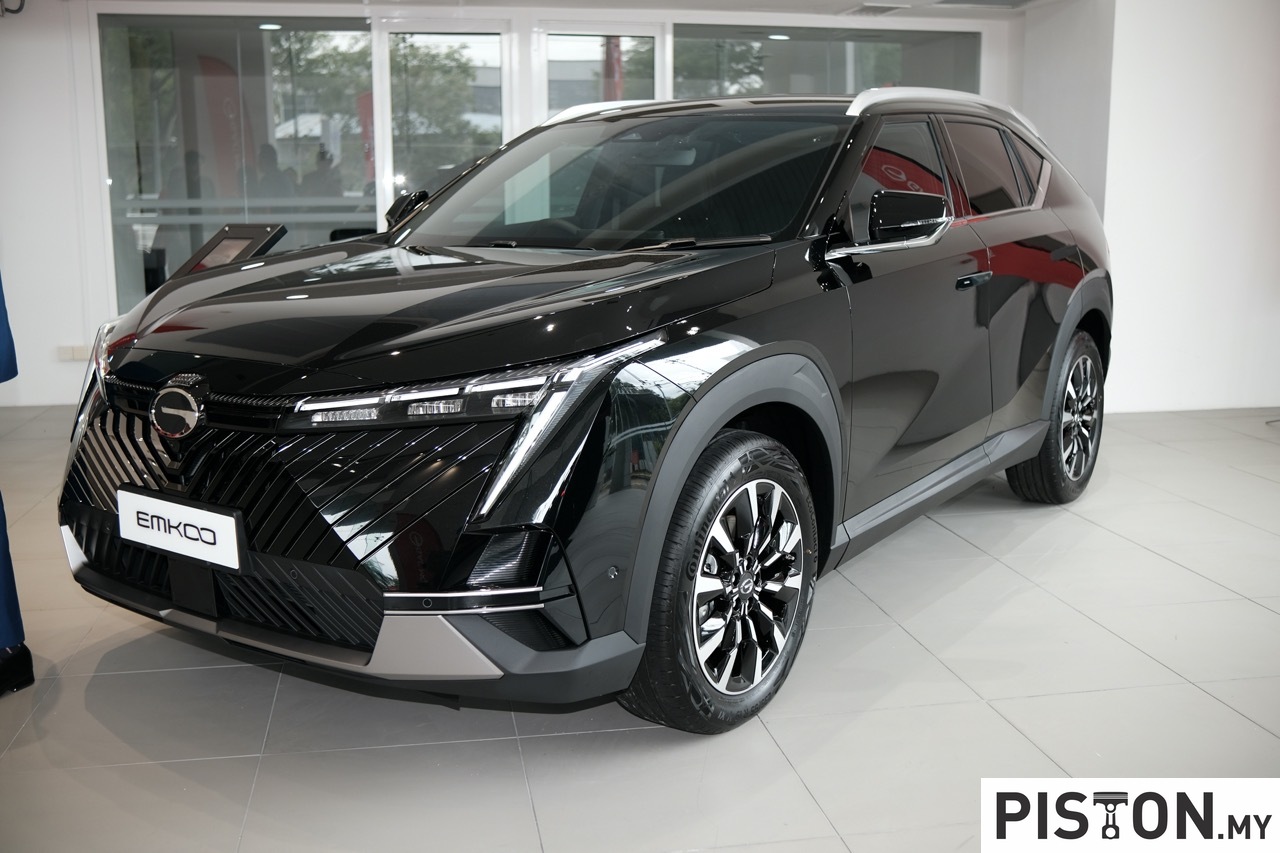In a bid to diversify their economies and capitalise on the growing demand for electric vehicles (EVs), national oil companies in Saudi Arabia and the United Arab Emirates (UAE) are planning to extract lithium from brine in their oilfields.
The move signals a strategic shift for oil-producing nations as they seek alternative sources of wealth amidst the global transition away from fossil fuels. Saudi Arabia, in particular, has invested significantly in positioning itself as a hub for EVs under the leadership of Crown Prince Mohammed bin Salman.
Sources revealed that Saudi Aramco and Abu Dhabi National Oil Company (ADNOC) are in the early stages of exploring lithium extraction from brine, which is considered a critical mineral due to its essential role in battery manufacturing for electric vehicles. However, specific details regarding the extraction technology were not disclosed, and both companies declined to comment on the matter.
Direct lithium extraction (DLE) technology, although in its infancy, presents advantages such as avoiding the environmental challenges associated with traditional mining methods. By filtering lithium from saltwater brine, Saudi Arabia and the UAE can leverage their expertise in handling oil brine and wastewater at oil production sites.

